I pride myself in being somewhat in the know about comics-based media projects, but I confess I forgot that Richard McGuire’s graphic novel Here was becoming a movie reuniting the Forrest Gump crew. Here opened this weekend, to a dissappointing $5 million at the box office, so even the talents of director Robert Zemeckis, and stars Tom Hanks and Robin Wright couldn’t save this.
But then, Here is an extremely unlikely comic to be turned into a movie. The comic started as a six page story in RAW, the avant garde comics magazine that introduced Maus and Charles Burns (among many others) to discerning readers. McGuire’s conceit was telling the story of how lives and history intersect via one fixed location – the corner of a house. One location through time witnesses many emotions and events, and the short comic was a mind bending journey that used the static nature of the comics page itself as the main storytelling device. (Its influence is also huge, including on the work of Chris Ware.)
McGuire expanded that short into a 304 page graphic novel in 2014 that had an even longer time span, and showed both prehistory and the lives of people who move fleetingly through this fixed point. Using panels to show different times on the same page, the book is a window into time and space that only Doctor Manhattan could fully experience.
It’s as COMICS an idea as can possibly be, and McGuire did it elegantly and beautifully – and the book led to great acclaim and formalist interpretations. (McGuire is also a Renaissance man: in addition to being a great illustrator, he also played one of the greatest bass lines of all times for the band Liquid Liquid which was sampled for Grandmaster Flash’s “White Lines.”)
Despite this being a concept inherent to the flow of comics storytelling, Here appealed to other filmmakers through the years, according to Wikipedia: a student film at the Rochester Institute of Technology and a VR-version that played at the Venice Film Festival in 2014 – as well as an eBook version that’s a motion comic. You can see some of these versions (and read the original six page comic shhhhhhhhh) at this link.
Enter Robert Zemeckis, a director firmly enshrined in what I call the “Three Film Pantheon” – if a director has made three undeniable classics they get to join the club. There are even several candidates for the trio: Who Framed Roger Rabbit? Is my fave (a film that only grows in greatness over the years) but others will pick Back to the Future. And then, you will probably admit Forrest Gump, which despite its much discussed flawed messaging, is a film that spawned memorable characters and lines that people quote to this day and even a restaurant that serves shrimp. Throw in Used Cars, Contact, Castaway, the rest of the BttF trilogy and whatever else you like: Zemeckis is a great filmmaker.
But then came Polar Express, a movie that taught us the meaning of “uncanny valley” and seemingly kicked off Zemeckis’s decades long journey into not entirely successful experimentation with computer generated images (Beowulf?), and an equally enthusiastic gallop into sentimentality. (I did enjoy Flight though.)
With all that in mind, it’s understandable how Zemeckis became interested in making a full length Here movie. Let’s go to the junket for some quotes from the man himself:
“When I read Richard McGuire’s graphic novel for the first time, I was immediately impressed by it and saw what was very close to the movie I made. I could see clearly how this could translate,” Here‘s legendary director Robert Zemeckis explains. ‘However, I didn’t know whether it would work until we did it, and then, of course, I was very aware that it was a minefield all the way through. I was avoiding those pitfalls as best I could, but I could see it as a compelling movie right from that moment.”
In another quote he talks about how the approach affects the audience:
“That predominant view is the ultimate fly-on-the-wall story, which is what the movie is absolutely about,” Zemeckis says. “What’s interesting is that once the audience becomes aware that they’re only going to see what happens in this one view, it becomes very intimate in a strange way. The audience understands, ‘Oh, we’re not going to know what they talk about in the bedroom or the kitchen. We’re only going to know anything about these people when they’re in this one view of this one room in this house, which happens to be a living room.’ That becomes a very powerful intimacy that the audience then has because they focus and lean in to understand what the characters are doing and saying.”
The other technical aspect of the film that appealed to Zemeckis was using AI-asseted de-aging to show Hanks and Wright from their teen years to old age.
As part of the process, behind the camera during production Zemeckis had two monitors — one for the director to see what was actually being shot and a second that allowed him to see the basic “face swap” in real time on up to two actors at a time. “It was all really rudimentary but you saw enough of it,” the director explains. “It was a great tool for me and the actors. … Seeing it in real time helped the performance immensely. The thing that makes the illusion work is their performance.”
I haven’t seen Here, and given what is likely to be a short theatrical run, I’ll probably wait a few months until it hits streaming, maybe. But as mentioned, the film opened to a less than expected $5 million and reviews were…withering. The Rotten Tomatoes critics score is 35% and the audience rating is 57%.
A few samples from critics: Peter Sobczynski at Robert Ebert Com:
As for the formal concept and visual conceit that appear to have been Zemeckis’s key points of interest, neither comes off particularly well. While the notion of seeing the whole of history from one specific perspective could yield potentially interesting results in the pages of a graphic novel, where the images are static to begin with, it does not translate well into cinematic terms—important scenes are presented in awkwardly-staged shots, and after a while, you have to wonder exactly how many births, deaths, sexual encounters and dramatic epiphanies are going to occur in the exact same location where the Youngs put out the extended table for Thanksgiving dinner.
Vulture’s Alison Willmore called it Here Is the Biggest Pile of Schmaltz You’ll See This Year By
Here clearly wants to offer a prismatic look at a tapestry of human experience. Its best touches, which often involve the use of a stylistic device from McGuire’s comics in which windows open up to other eras, draw parallels as simple as different women cleaning or different couples debating the price of the house over the years. But the film doesn’t trust that the organic stuff of day-to-day existence is interesting enough.
Amy Nicholson at the NY Times was a bit kinder:
Don’t force a plot to emerge. Better to experience “Here” like open-eyed meditation, nodding at connections and ideas so fragile they’d disintegrate if said aloud. The roof leaks, Margaret’s water breaks. A man dies in the influenza epidemic, a woman dies from Covid. Why, I wondered, were the people of the past more inventive — more Zemeckis-ian — than the people of today? Does the 21st century have an equivalent to shopworn footage of The Beatles on Ed Sullivan? Around when a normal movie would have a dramatic climax, a mirror is pushed onscreen to reflect what’s behind the camera. Look! A stove! Then I reflected on my own setting. What existed before this movie theater? How many deer tiptoed here?
Given that the work of turning comics into movies and TV shows is now the main business of the comics publishing industry, it’s not surprising that some unexpected choices have been made along the way. If you had told me a decade ago that Robert Zemeckis would make a movie out of Here I would have been surprised. If you had told me that the movie would quietly come and go, I might have been even more surprised. In a NY Times interview, McGuire talked about his involvement with the film (and more importantly gives a big shoutout to Olivier Schwauren):
“Here” the movie reunites many key players behind “Forrest Gump,” including its director, screenwriter and lead actors. Can you recall the first time you saw that film?
I really don’t have any clear memory, other than that I enjoyed it. When I heard that Eric Roth was adapting my book I went back and watched the film again, and read the book. It’s actually much more over the top. I appreciated the work Roth had done to make it work as a film. It’s both funny and touching.
What role did you have in helping to shape the film?
None. I was asked if I wanted to be a consultant on it and I turned the offer down. I figured they knew what they were doing. I wanted to enjoy the experience of the film as an audience member.
And so the story comes and goes….rather like that corner of the living room, Here is also a portal through which various creators refract their own views on time and space. The comic is a singularly great piece of work that makes us see the world in a different way. A mediocre movie won’t change McGuire’s lasting achievement. After all, I still have the graphic novel sitting right….here.


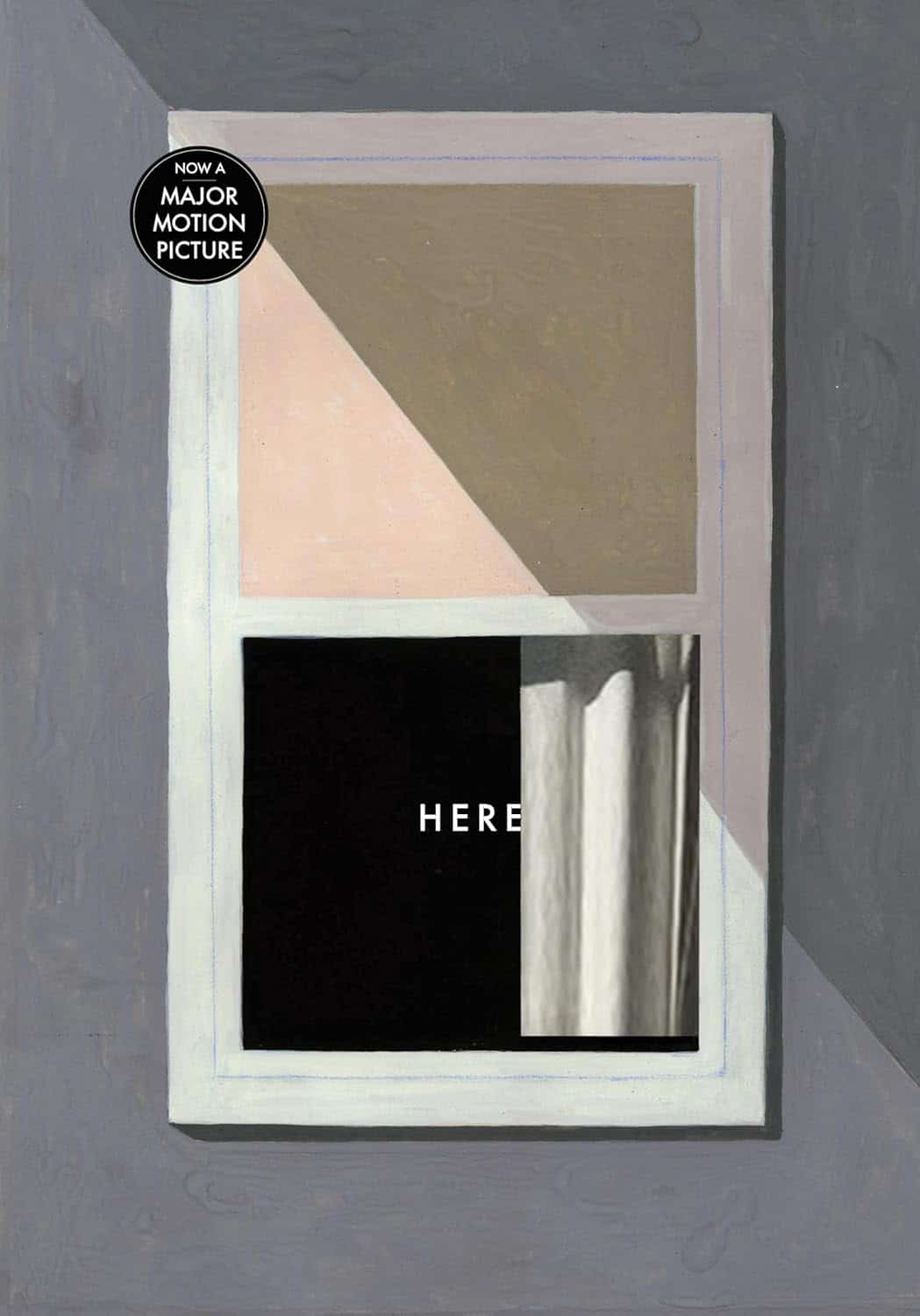
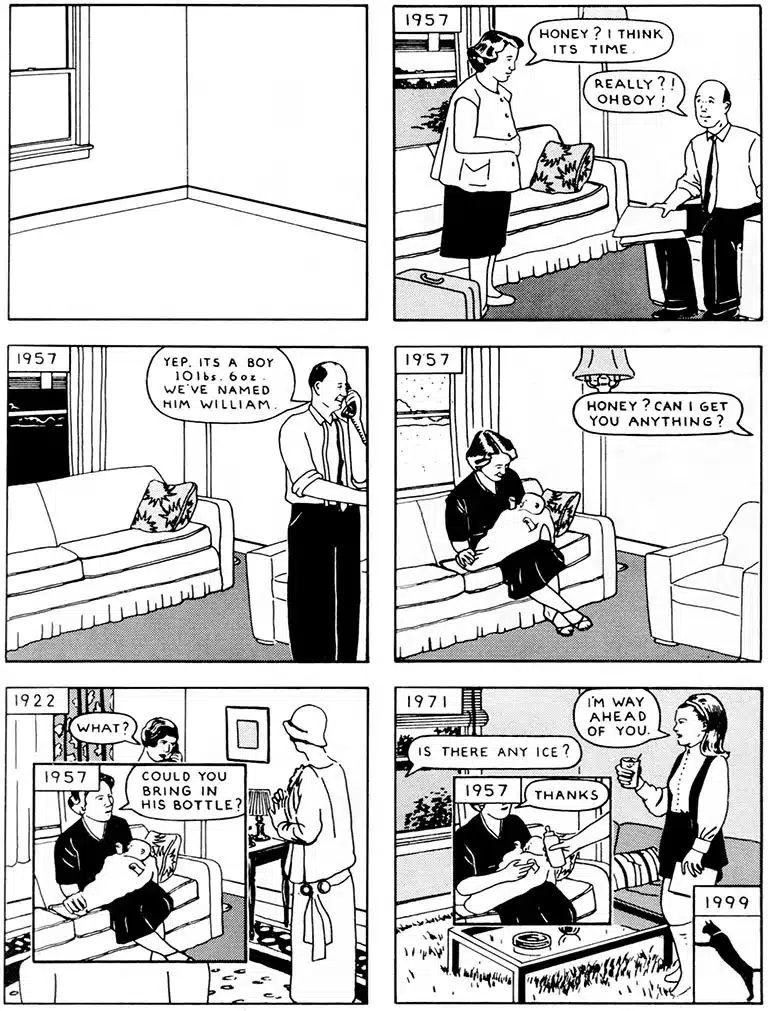
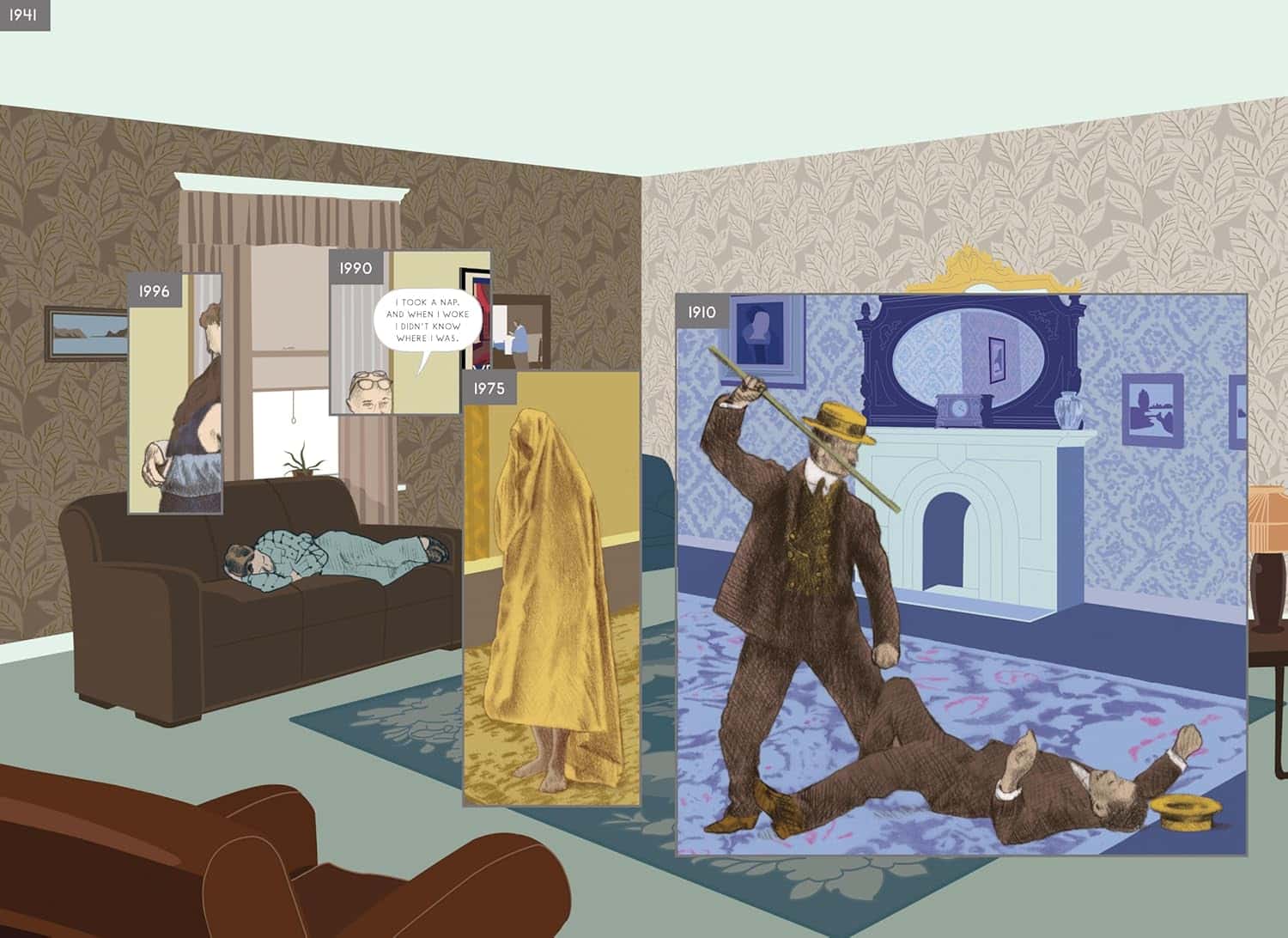
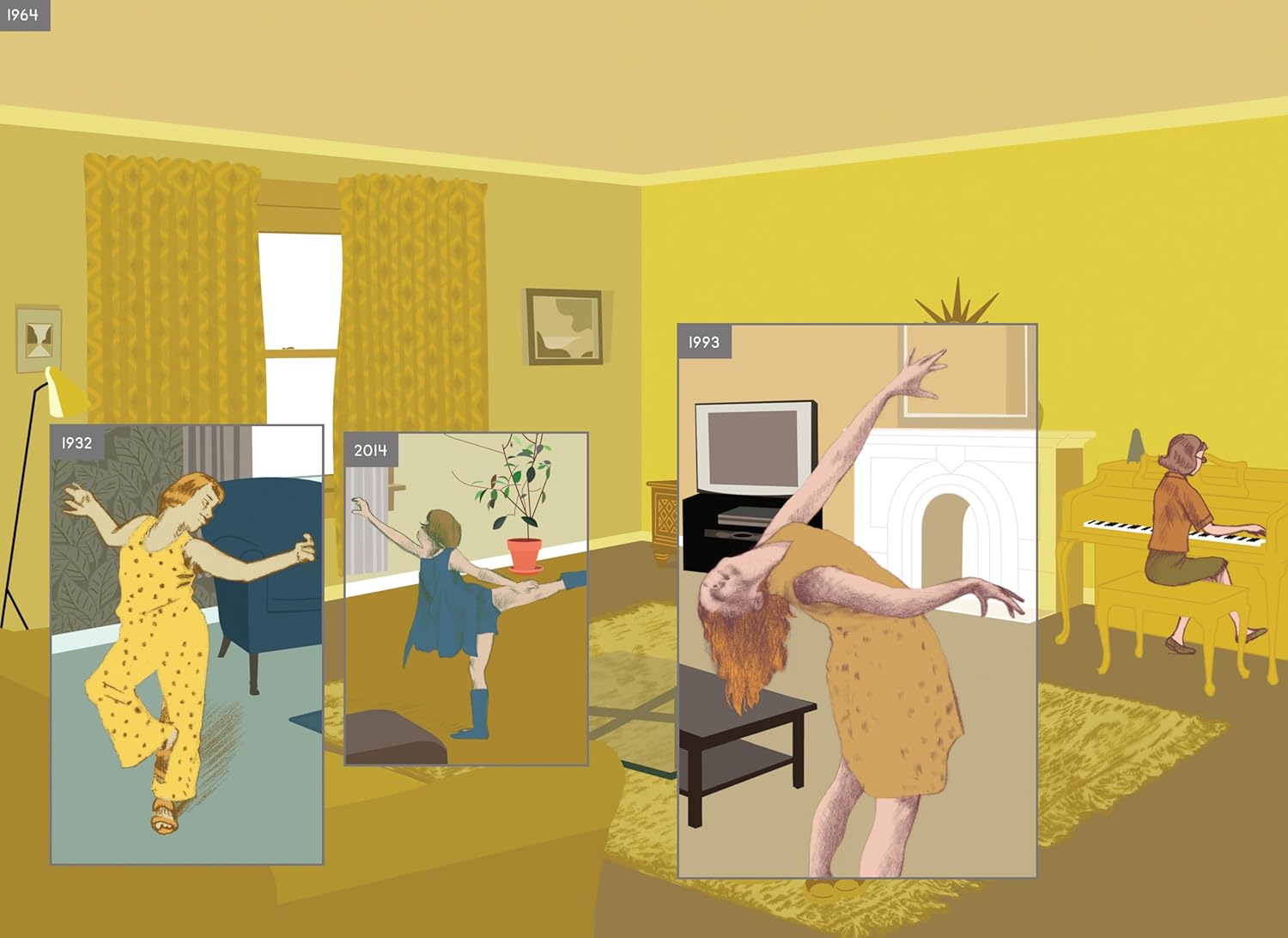
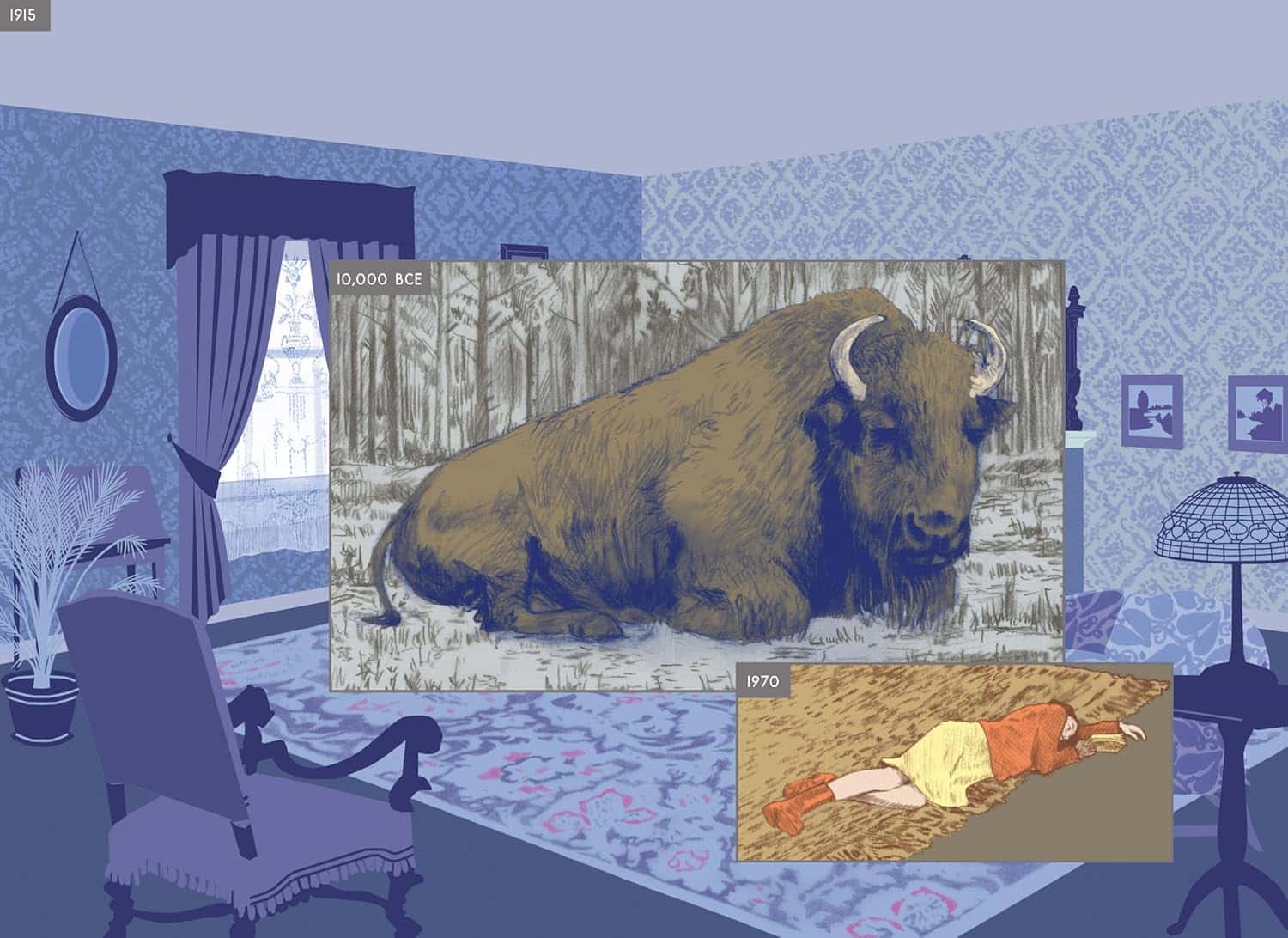
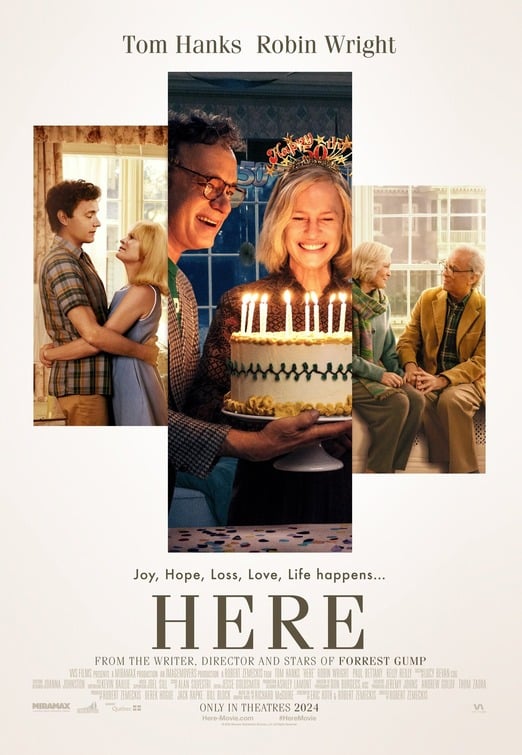
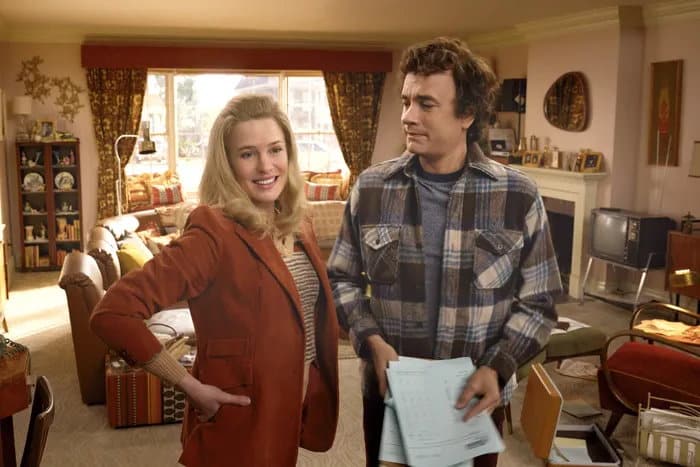
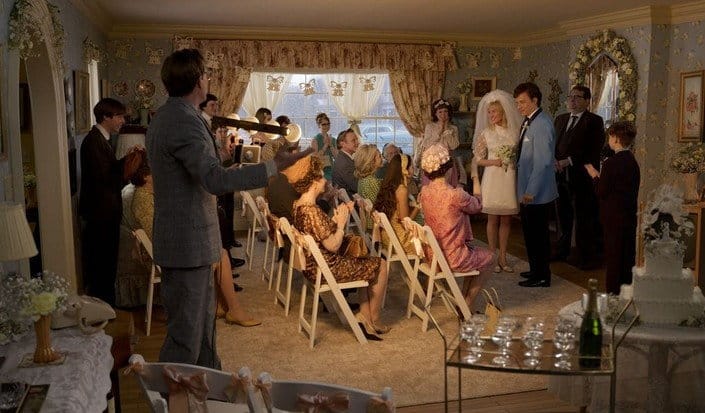
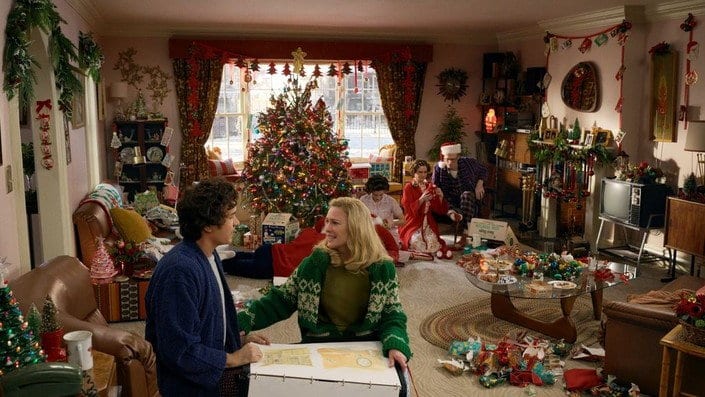


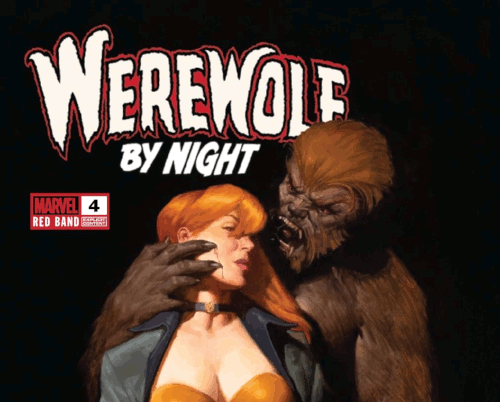




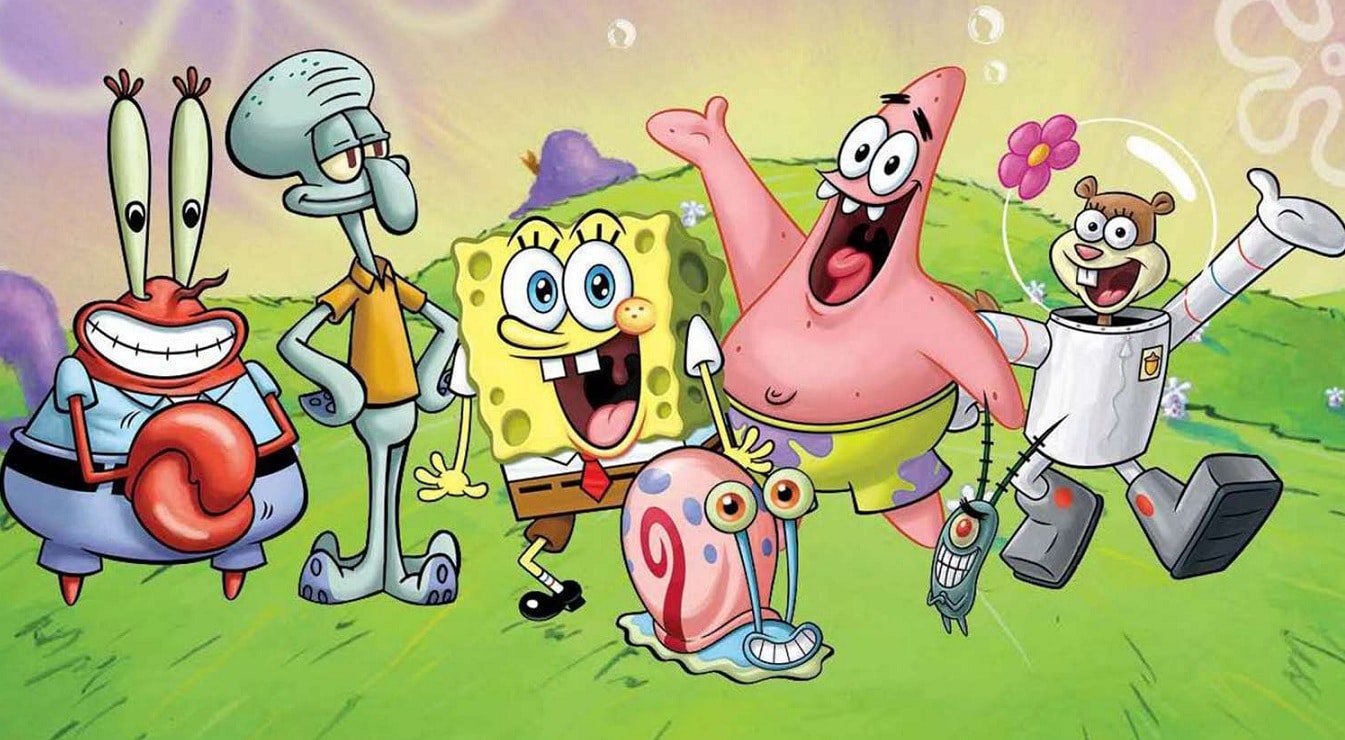
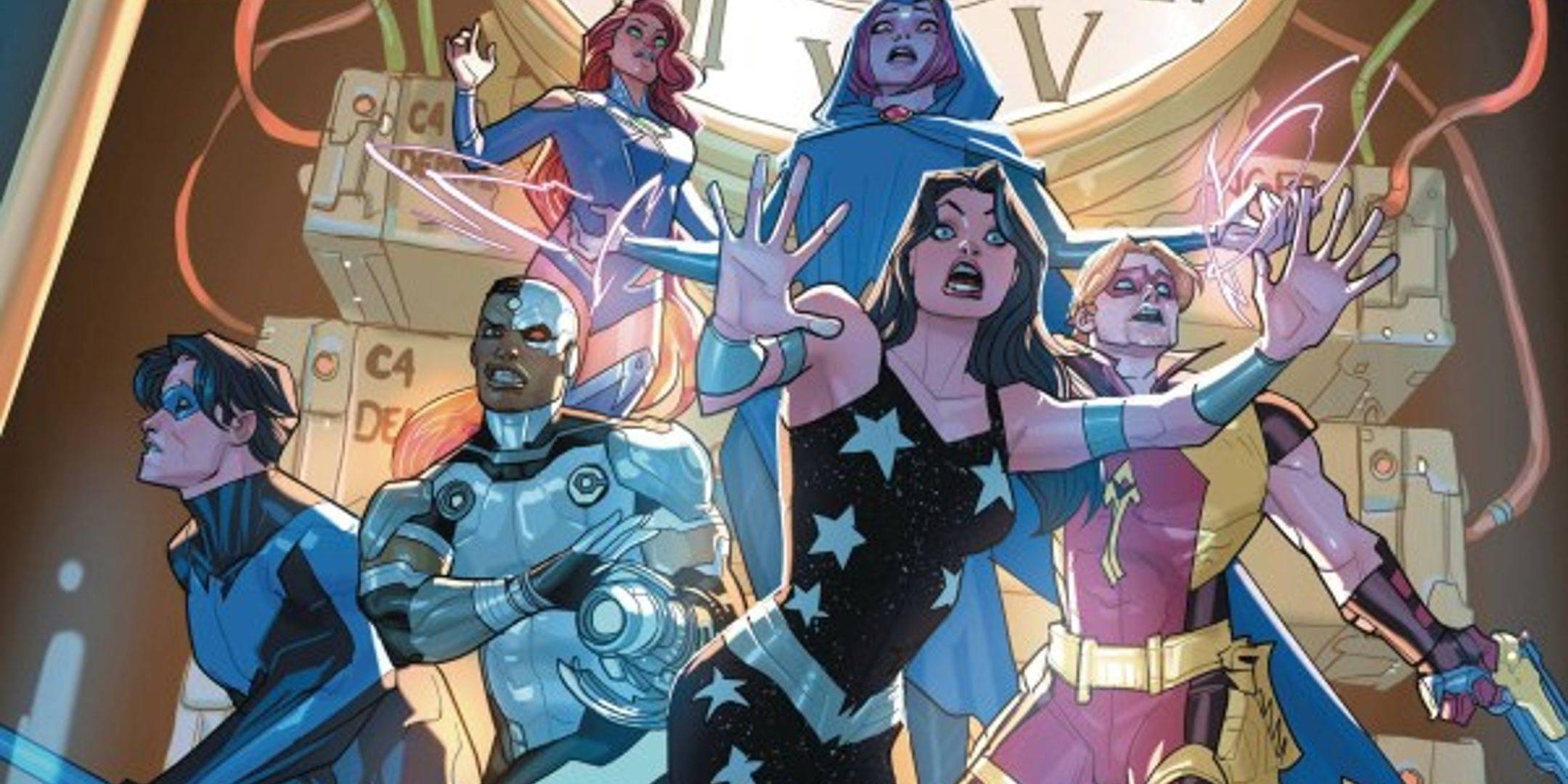










 English (US) ·
English (US) ·